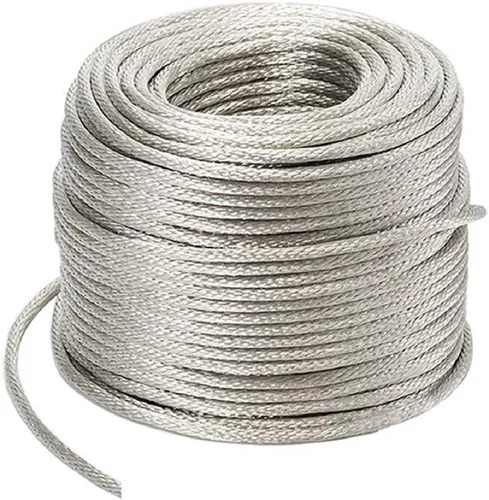
Company Information
Ask for more detail from the seller
Contact SupplierBraided Shield Cable is an electrical cable designed with a woven metallic shield (braid) around the inner conductor(s). The braided shield provides protection against electromagnetic interference (EMI), ensuring signal integrity and performance. These cables are widely used in industrial automation, instrumentation, audio-video systems, and communication networks.
\Key Features:
\Reduces EMI and RFI interference
\Offers mechanical strength and flexibility
\Provides reliable signal transmission
\Suitable for both fixed and flexible installations
\Custom designs available on request
\\
Applications:
\Industrial machinery
\Control panels and automation systems
\Audio and video transmission
\Communication lines
\Power and instrumentation cabling
\

